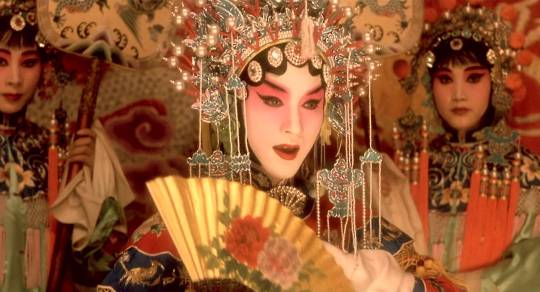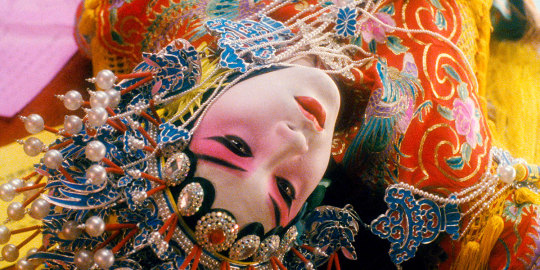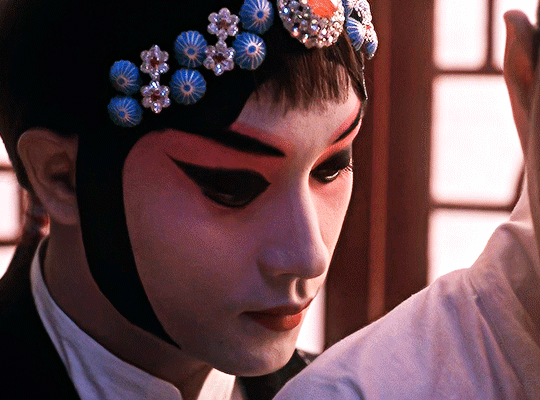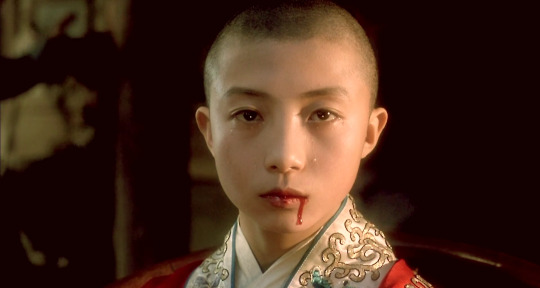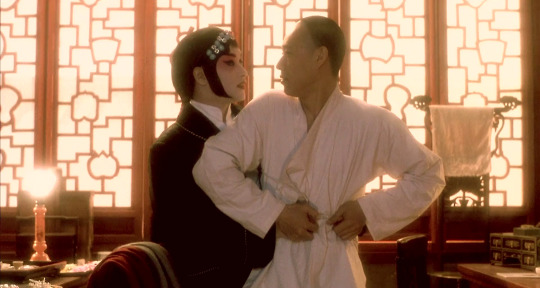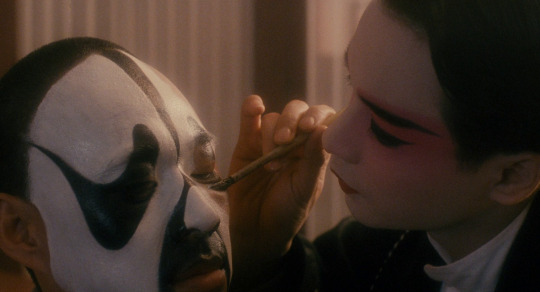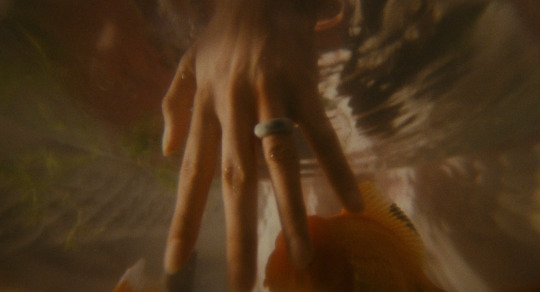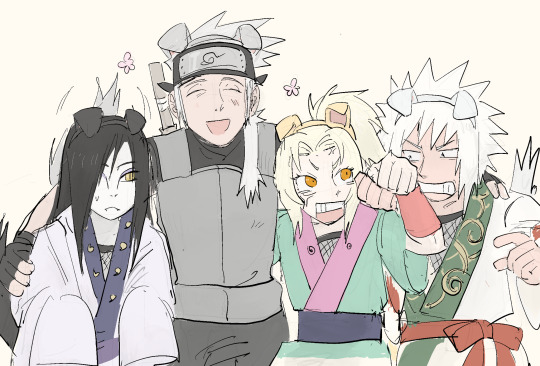Don't wanna be here? Send us removal request.
Text
Farewell My Concubine
The Peking / Beijing Opera which inspired a film of the same name starring the late great Leslie Cheung.




Leslie Cheung in the film Farewell My Concubine.

51 notes
·
View notes
Text







Leslie Cheung 張國榮
L'Officiel Hommes China - April 2025 (1/3)
20 notes
·
View notes
Text









霸王别姬 / farewell my concubine, 1993 (dir. chen kaige)
24 notes
·
View notes
Text
Leslie Cheung, on the set of "Farewell My Concubine"
84 notes
·
View notes
Text
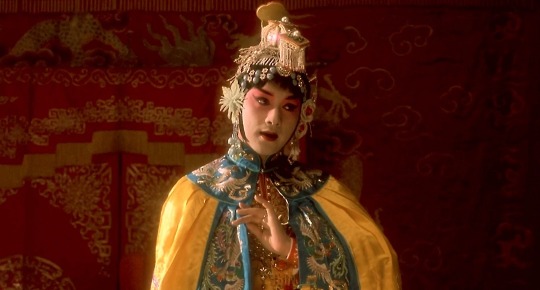
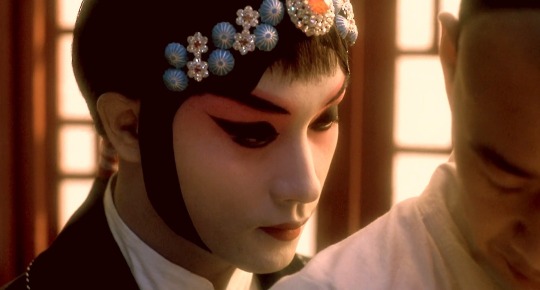
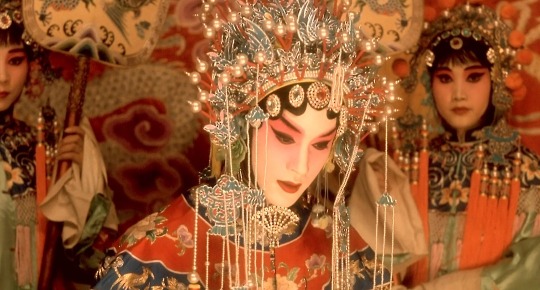
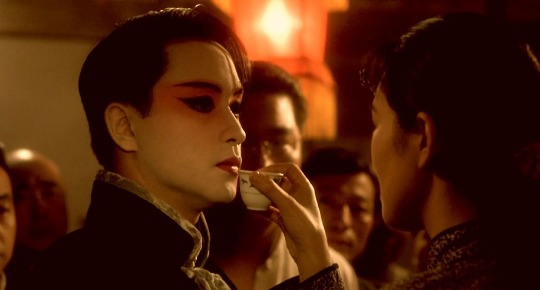


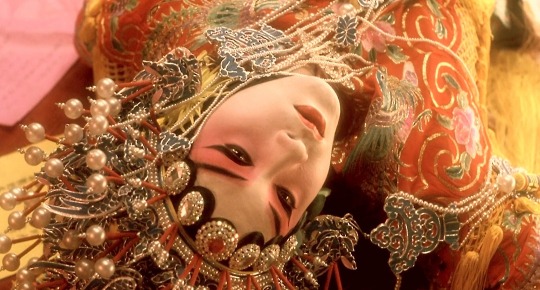
leslie cheung as cheng dieyi in farewell, my concubine (1992) dir. chen kaige
893 notes
·
View notes
Text










You think disaster just falls over the sky? No. We have come step by step towards this fate.
FAREWELL MY CONCUBINE 霸王別姬 (1993, Chen Kaige)

1K notes
·
View notes
Text
1884 год, Токио. Двое юношей и девушка приезжают в большой город в надежде получить достойное образование и воплотить мечты. Как новая жизнь разделит тех, кто почти с рождения был вместе? Кому из них суждено взлететь на самый верх общества а потом стремительно упасть вниз?
Читать на Фикбуке
На Ваттпад

2 notes
·
View notes
Text
1884 год, Токио. Двое юношей и девушка приезжают в большой город в надежде получить достойное образование и воплотить мечты. Как новая жизнь разделит тех, кто почти с рождения был вместе? Кому из них суждено взлететь на самый верх общества а потом стремительно упасть вниз?
Читать на Фикбуке
На Ваттпад

#meiji period#meiji era#meiji restoration#students#love story#slow burn#japanese history#japan#China Japanese war#tokyo#hakodate
2 notes
·
View notes
Text
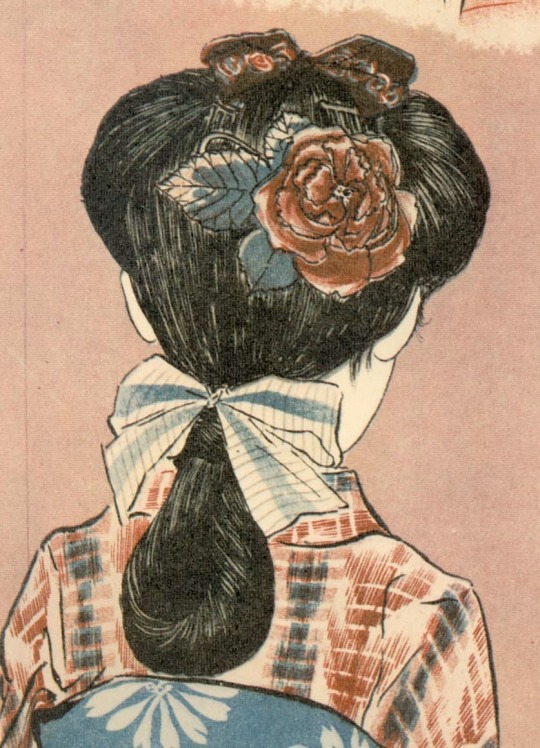
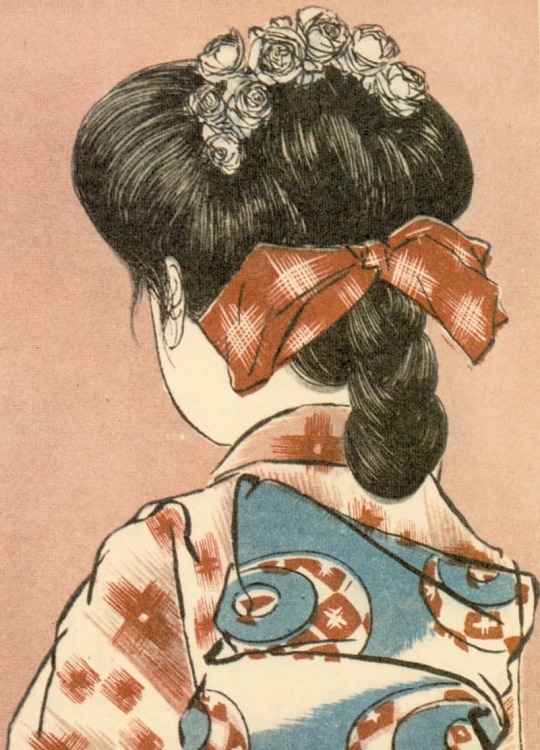
the マガレイト (magareito) hairstyle, popular among school girls and young women during the late meiji to early taisho period
356 notes
·
View notes
Text
The Bankara Movement (蛮カラ)


Bankara high schoolers. 1929, Kumamoto.
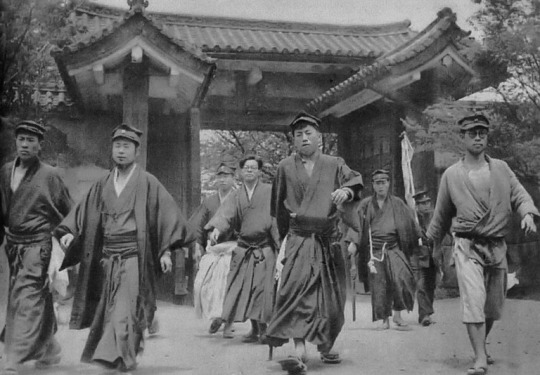
Bankara youth stride through a gate in the early post-war era. 1949, Takushoku University.

In the late 1800s, during the Meiji Restoration (1868–1912), Japan was all about modernizing, and one of the ways the government pushed this was through Western-style clothing. Men’s fashion changed first—shaved heads and topknots gave way to European-style cropped hair. By the mid-1880s, 90% of Tokyo men were rocking a fake-European “randomly cropped” look (散切り頭). Geta (wooden clogs) were swapped for regular shoes and even sneakers, while suits, hats, and ties replaced the old hakama and haori.
For Japan’s high society, wearing Western clothes became the new way of showing they were part of the Civilization and Enlightenment movement (bunmei kaika, 文明開化). The rich and powerful wanted to create a clean, modern look for Japan. By 1898, this whole push for Western fashion became known as the haikara (“high collar”) movement.
But not everyone was into it. The bankara movement grew as a response to all this Western influence. Bankara (蛮カラ) means “barbaric,” and those who followed this style rejected the fancy, foreign clothes, going for a more rugged, traditional vibe. It was especially popular with students and intellectuals who didn’t want to give up Japan’s roots.
The Tonbi Coat



At the same time, the tonbi coat showed how Japan was mixing in Western elements but making them their own. Originally based on the Inverness coat from Scotland, the tonbi was modified to fit the kimono with wide armholes and a cape. Over time, it became so tied to Japanese style that no one even thought of it as a Western thing anymore, to the point that Bankara students liked to wear the tonbi coat over their uniforms as symbol of subversion.
So, while the government was pushing for Western fashion, the bankara movement resisted, and the tonbi coat shows how Japan took some foreign ideas and turned them into something uniquely their own.
Sources: 1,2,3.

237 notes
·
View notes
Text
Прекрасные арты от Salvage к работе Дела минувших дней


— Братик! — Цунаде бросилась ему в объятия и справедливо полагала, что снесет его с ног. Орочимару не поддался, даже не сделал шаг назад. Ткнулась губами в его колючую щеку, а он крепко обнял ее, прижимая обеими руками к своей груди.
— Любимая, — прошептал так, чтобы слышала только она. Одно единственное слово вонзилось иголочкой в грудь и разошлось приятными волнами до кончиков пальцев. — Ну вот и свиделись, сестренка!
...Цунаде не хотела выпускать Орочимару из объятий: решила, что упала в обморок на жаре и все происходящее почудилось. Почувствовала его ладони на плечах. Значит, не почудилось, вот он, живой и невредимый, стоит перед ней. Показалось или он поправился? Прежде худощавые плечи стали шире, грудь тверже. Он стал другим, будто находился в новом, более крепком и здоровом теле. — Постой, — отстранился, разглядывая ее лицо. Стер подушечкой пальца слезы с ее щеки и спросил: — Как ты здесь оказалась? Тоже помогаешь?
Что может быть проще, чем рассказать ему все как есть? Не хватило смелости в первый раз. Отрицательно покачала головой. В его глазах застыл вопрос. Нет, все-таки стоит признаться.
— Я приехала за тобой.
— Но… — недоговорил задуманное, а потом молча прижал ее к себе. Быстро зашептал, вроде как боялся быть услышанным со стороны: — Здесь опасно, очень опасно. Ты даже не представляешь себе насколько! Людей убивают просто так, только потому, что они не японцы!
— Ты что такое говоришь? Совсем спятил? — Она поспешно высвободилась из его рук...
Продолжение читать здесь
#naruto#my fanfiction#japanese history#japan#kakasaku fanfiction#anime#orochimaru#tsunade senju#orotsu#earthquake
13 notes
·
View notes
